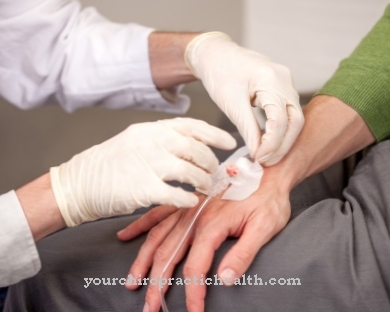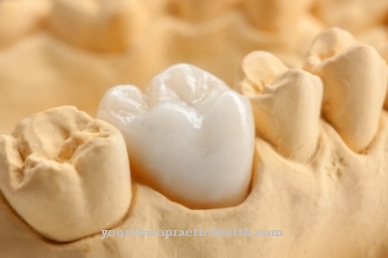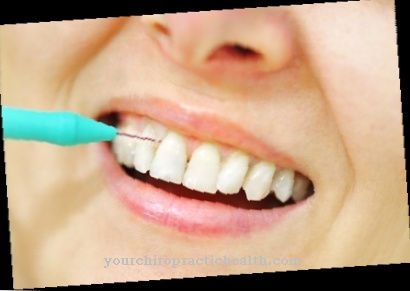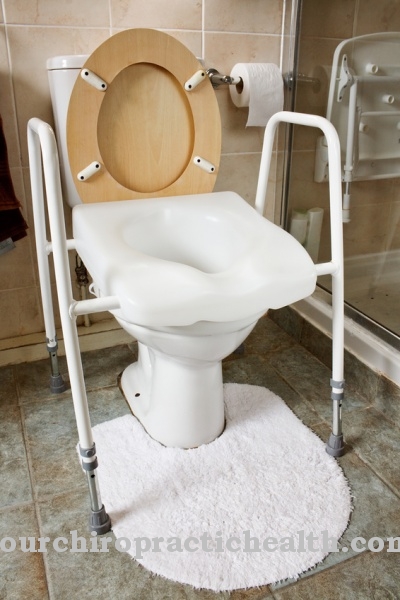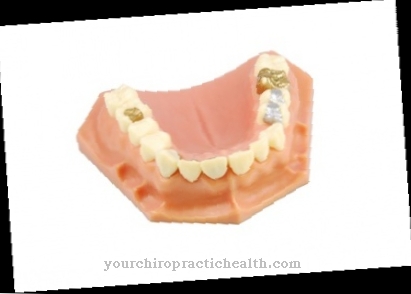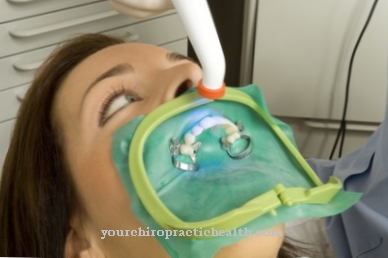Medical gloves are also under the synonym Disposable gloves known. This hygiene utility, which is used to protect medical staff and patients in hospitals, ambulances and medical practices, is available in different versions. In addition to hand disinfection, protective gloves are the most important medical product that ensures infection prophylaxis in all areas of health care.
What are medical gloves?
.jpg)
Disposable gloves are used to protect medical staff and patients from contamination in a non-sterile environment.
The legislator classifies the gloves as a medical product. For this reason, they must have certain quality features and meet the requirements of the European standard EN 455-1 to -4, the Medical Device Directive (MDD) and several DIN standards.
The European standard EN 455 only permits the single use of this medical product. The European Directive 93/42 / EEC also regulates the safe handling of medical products in the EU. The international name is Medical Device Directive (MDD).
According to DIN EN 455-1, disposable gloves must be free of perforations. DIN EN 455-2 defines the requirements for the physical properties. DIN EN 455-3 evaluates the medical product in terms of its biocompatibility. This provides information about the composition of the material in terms of endotoxins, chemicals, leachable proteins and powder. DIN EN 455-4 defines the requirements for the shelf life. This includes legally required labeling as well as information on storage and packaging.
Shapes, types & types
Medical gloves vary in sterility, size, and material. Non-sterile gloves are divided into three sizes: S stands for “small”, small, M for “medium”, and L for “large”, large. Some manufacturers offer an extended range with sizes XS to XXL.
Sterile gloves are sizes 6 to 9, with size differences of 0.5 each. For example, after size 7, the next size is 7.5. Disposable gloves are not identical; each sterile packed pair has a left and a right glove.
Structure & functionality
Ordinary protective gloves are made of latex. People with latex allergies use nitrile or vinyl gloves. In contrast to latex, nitrile is characterized by a higher tear resistance. Vinyl contains a large amount of plasticizers that can be harmful to health. Neoprene, polyethylene, styrene-butadiene polymers and tactylon are also used as plastics for manufacture.
In the sterile operating theater area, protective gloves made of Naturlextex dominate, as they are highly elastic and comfortable to wear. Doctors and nursing staff appreciate the good grip on the fingertips.
In non-clinical and non-sterile areas, gloves made of PVC are preferably used for reasons of cost, but they have an increased perforation rate due to the low material density. Another distinguishing feature is the powdered and unpowdered properties inside the glove. The powder is easy to use because the gloves are easier to remove from wet hands. However, it can cause allergies.
Protective gloves prevent contact with disinfectants and cleaning agents as well as with other hazardous substances such as cytostatics and laboratory chemicals.
The focus of use is also on the risk of infection through blood-borne infectious diseases such as HIV, hepatitis C and B and smear infections.
In many cases, surgical gloves are used although the cheaper sterile disposable gloves are sufficient, for example for endotracheal suctioning of patients who are being given artificial respiration.
There is a danger when doctors and nurses put the gloves on too early before using them and after disinfecting them. Then the disinfectant is still on the hands. The alcoholic preparation cannot evaporate under the occlusion and damages the skin.
Health benefits
Sterile gloves are used to prevent infection. In contrast to the normal human skin flora, they do not have any facultative pathogenic germs.
The self-protection of the medical staff is important if the patient is known to have an infectious disease. The gloves prevent skin contamination and transfer of body fluids. Patients must also be protected from pathogenic germs that can be transmitted by medical personnel. This third-party protection is used for all medical activities that can be potential carriers of germs in the form of body fluids: oral examinations, blood withdrawals, vaginal smears, uterine examinations, applying and changing wound dressings, rectal examinations, punctures, patient care, intimate body care.
The requirements for a sterile and completely germ-free environment are very high for major operations such as bone marrow transplantation, heart operations, amputations, organ transplants, lung operations, traumatological and orthopedic interventions and wound care. With these interventions there is an increased risk of perforation and infection.
Even patients in the intensive care unit must find a sterile and germ-free environment. If this sterile chain is interrupted by non-sterile and germ-laden gloves of the medical staff, there is a risk of sepsis, wound infection or infection with so-called hospital germs. For this reason, sterile disposable gloves are used in hospitals and doctor's offices.
The staff responsible for cleaning the operating theaters, medical utensils, patient rooms, machines and corridors also wear sterile gloves so that they do not act as a potential carrier of germs during cleaning.
Non-sterile gloves are used in non-clinical areas such as the kitchen, technical service or for general cleaning work that does not require handling of infection-sensitive materials and premises.
All medical tasks that involve a longer wearing interval or increased mechanical stress require the use of latex gloves. In this area, protective gloves made of polyethylene or PVC are preferred.
Gloves made of synthetic materials can be used for simple activities in dealing with patients that do not require increased tactile accuracy. For activities with great tactile sensitivity and grip, latex gloves are preferred.

